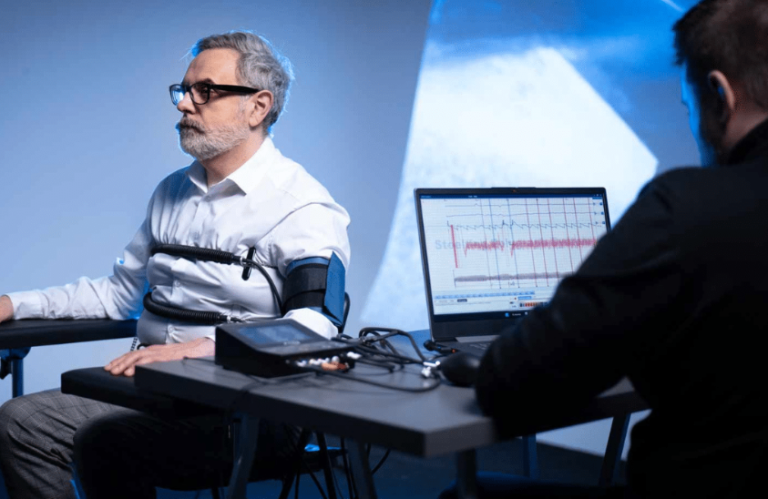Understanding Sacroiliac Joint Dysfunction: A Hidden Source of Chronic Back Pain
Chronic back pain is a common issue affecting people across all age groups. While most cases are blamed on herniated discs, arthritis, or muscle strain, many patients suffer from an often-overlooked condition known as sacroiliac joint dysfunction (SIJD). This hidden source of pain can be debilitating, yet it is frequently misdiagnosed, leading to ineffective treatments. With proper understanding and targeted pain management, SIJD can be controlled, allowing individuals to regain their quality of life.
What Is the Sacroiliac Joint and Why It Matters
The sacroiliac joints sit at the junction between the spine and the pelvis, connecting the sacrum (the base of the spine) to the iliac bones (the sides of the pelvis). These joints are small but strong, designed to transfer weight between the upper body and legs. Although they allow very little movement, they play a crucial role in maintaining balance and stability. When these joints become inflamed or move abnormally, it can lead to persistent pain and discomfort in the lower back, hips, or buttocks.
Common Symptoms of Sacroiliac Joint Dysfunction
Sacroiliac joint dysfunction is difficult to detect because its symptoms often resemble those of other conditions. Patients typically report pain on one side of the lower back or pelvis, which can radiate to the buttocks or upper thighs. The discomfort may worsen when standing, walking, climbing stairs, or even sitting for extended periods. In some cases, people experience a sensation similar to sciatica. Because of these overlapping symptoms, SIJD is often mistaken for disc problems or muscle injuries.
Causes and Risk Factors
There are several reasons why someone might develop SIJD. Pregnancy is a common cause due to hormonal changes and pelvic expansion, which can loosen the ligaments around the joint. Trauma, such as car accidents or falls, can also trigger dysfunction. Athletes and individuals with physically demanding jobs may develop SIJD due to repetitive motion or uneven pressure on the pelvis. Additionally, leg length discrepancies or poor posture over time can place undue stress on the joint, leading to inflammation and pain.
Diagnosing the Condition
One of the biggest challenges in treating SIJD is accurately diagnosing it. Traditional imaging methods like MRIs or X-rays may not clearly show joint dysfunction. Therefore, diagnosis often relies on physical examination and a detailed medical history. Doctors may perform movement tests to pinpoint the source of pain. One of the most definitive diagnostic tools is an anesthetic injection directly into the sacroiliac joint. If the patient’s pain improves significantly after the injection, it confirms that the SI joint is the primary source of the problem.
See also: Why Same-Day Urgent Care is Essential for Busy Families
Pain Management Strategies
Managing sacroiliac joint dysfunction requires a combination of approaches. Physical therapy is one of the most effective tools, helping to strengthen the core and stabilize the pelvic region. Anti-inflammatory medications such as NSAIDs are commonly used to reduce pain and swelling. In more severe cases, doctors may recommend corticosteroid injections to control inflammation. For patients who do not respond to these treatments, radiofrequency ablation—a procedure that interrupts nerve signals—can provide longer-term relief. In rare cases, surgery such as sacroiliac joint fusion may be necessary to permanently stabilize the joint.
Living with SIJD and Long-Term Care
Long-term pain management for SIJD goes beyond medication and therapy. Patients are encouraged to maintain a healthy weight to reduce strain on the joint and adopt proper body mechanics when lifting or bending. Gentle exercises like yoga, swimming, or walking can improve joint function without overexertion. Some people also benefit from supportive devices such as pelvic belts, which provide additional stability during movement. With the right care, many individuals with SIJD can return to their normal routines and enjoy a more comfortable life.
Conclusion
Sacroiliac joint dysfunction may be a hidden culprit behind chronic back pain, but it doesn’t have to be a life sentence. Through accurate diagnosis and a personalized pain management plan, those suffering from SIJD can find relief and restore their quality of life. If you’re experiencing persistent lower back or pelvic pain that hasn’t responded to typical treatments, it’s worth talking to your doctor about the possibility of sacroiliac joint dysfunction. Addressing it directly can make all the difference.


